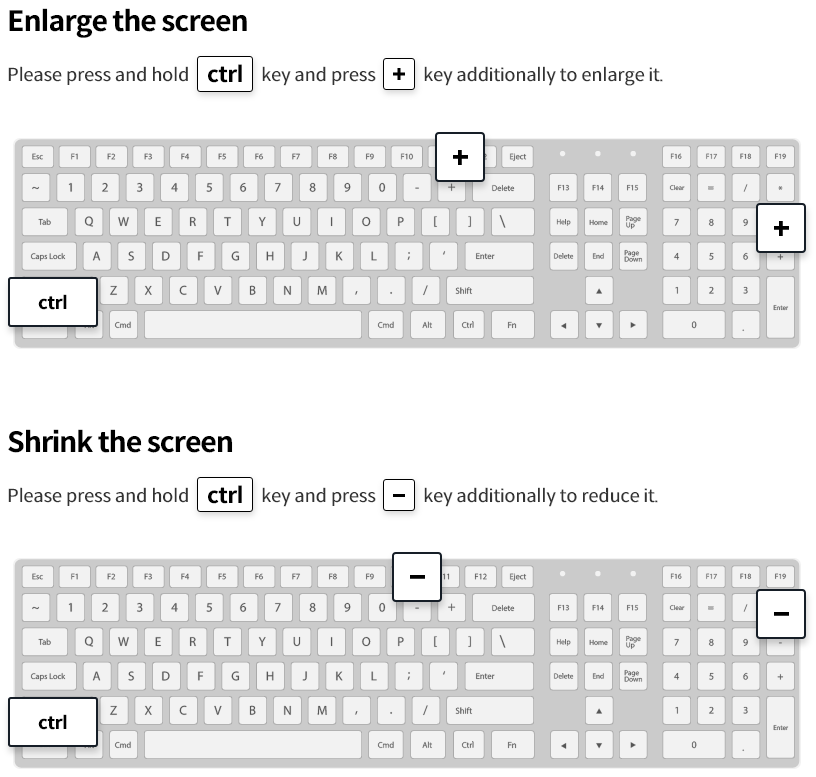Outline of Environmental and Social Impact Assessment Report
The ESIA report is a comprehensive assessment of evaluation criteria and consultations among local residents and governments which identify the significance of environmental and social impacts caused by the project and thoroughly examine key issues while providing coverage of less important but related issues. The assessment report should be objective and logical, be based on appropriate scientific data of natural, social, and applied science. The ESIA report includes the rationale for the following : survey regions and locations; the methodology, conditions and statistics used for impact predictions. If the laws and regulations are referred to in the assessment report that require verification, a brief description of such laws and regulations or a copy of the related documents that verify their legitimacy should be provided. Terminology used in the assessment document should be explained in layman’s terms.
1. Executive Summary
2. Outline of Project : This section describes the background, purpose, and need for a project. The project's title, site, and operator should also be included. Maps marked with the location of the project site should be provided. The project period, budget, scale (e.g., area, population, routes), and anticipated effects should be clearly described.
3. Environmental Setting of Project Area : This section provides information on :
- Land use within and in close proximity to the project area.
- The present state of environmental and social preservation areas designated by laws or regulations.
- The present state of endangered species, protected wildlife, vegetation, and migrating birds.
- Major facilities such as plants, airports, roads, or railroads that might have adverse environmental impacts.
- Cultural assets and natural treasures, historically or culturally valuable construction, and historic or archeological sites.
- Environmental infrastructure such as sewage and waste disposal facilities.
- Traffic within the vicinity of the project site and plans for expansion of road infrastructure.
- Public facilities including schools and hospitals.
- The present state of displaced persons and indigenous peoples.
- Other environment related issues in the project area.
Examination of Current Environmental and Social Conditions : This section specifies the results of examination of environmental and social conditions. In principle, examination should be conducted through a field survey, but it may also be conducted using documents, literature, and databases on the respective environment and society, if they are available. In such cases, the latest information should be used and sources should be cited. In case information on the environment and society is managed by an administrative district, the examination should cover the administrative district pertaining to the project site.




